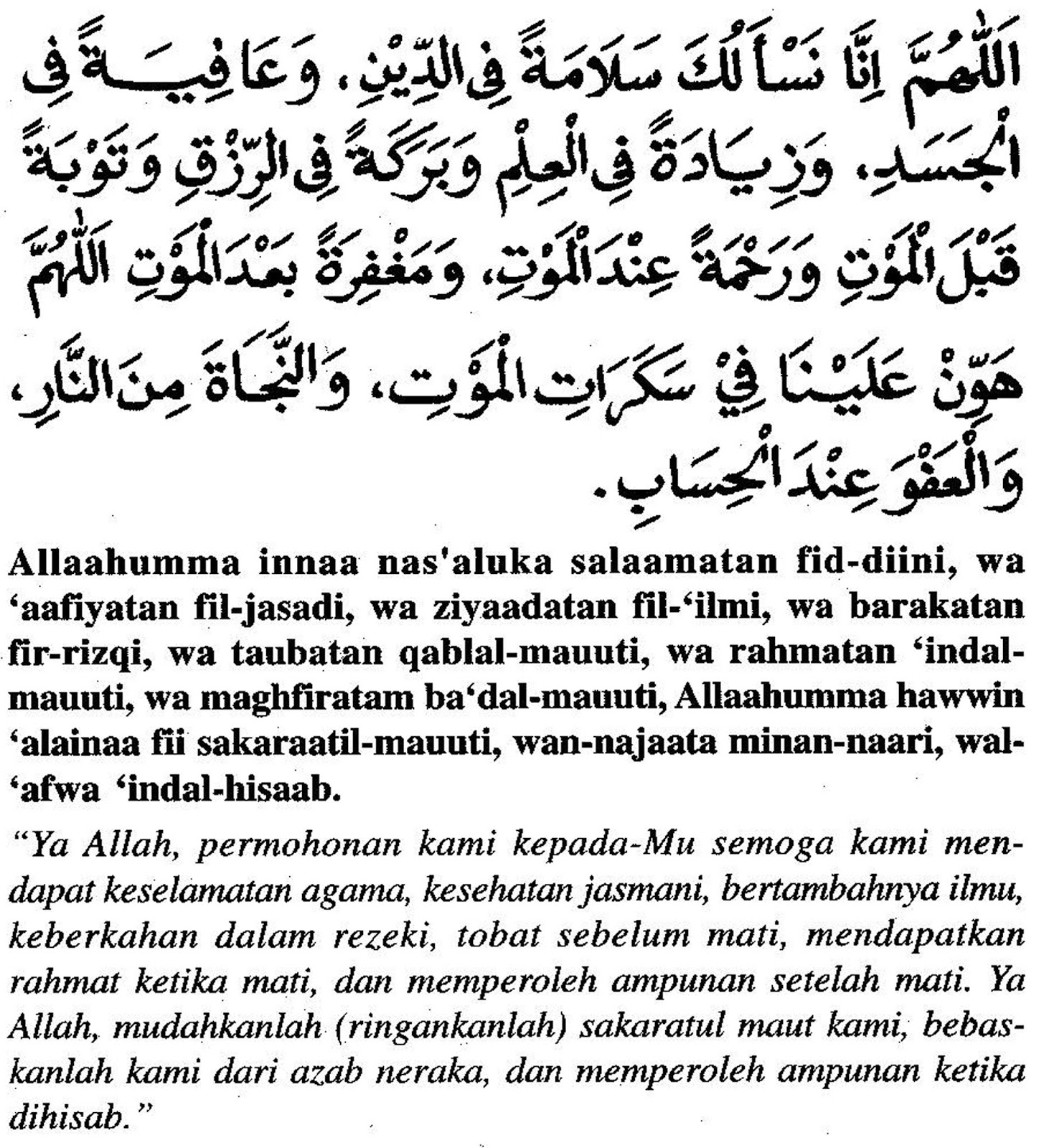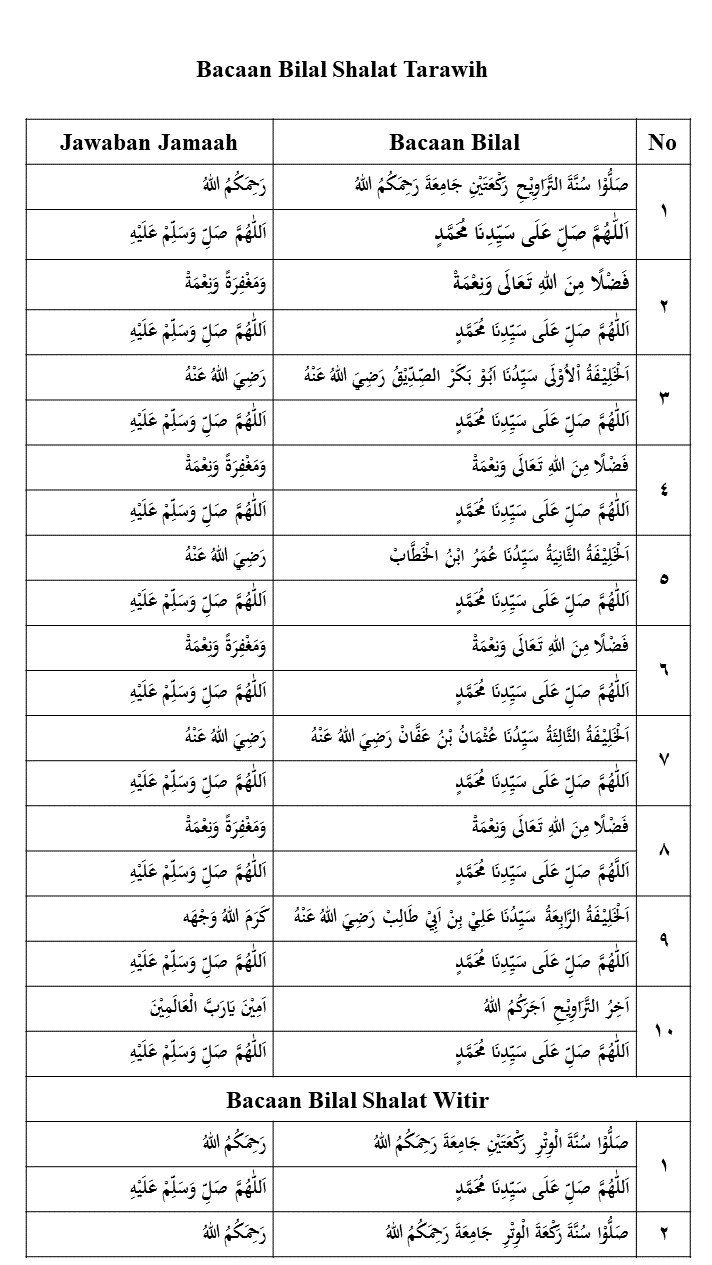Unveiling the Beauty of Tarawih: A Nightly Journey in Ramadan
As the crescent moon graces the night sky, marking the arrival of Ramadan, a wave of spiritual awakening sweeps over Muslims worldwide. This holy month is a time for reflection, devotion, and drawing closer to the divine. Amidst the fasting and acts of kindness, one special prayer emerges, illuminating the nights of Ramadan with its unique rhythm and spiritual depth: the Tarawih prayer.
Imagine this: the sun dips below the horizon, painting the sky in hues of orange and purple. As the stars begin to twinkle, a gentle hum of anticipation fills the air. Muslims, dressed in their finest attire, gather in mosques and homes, ready to embark on a journey of the soul through the Tarawih prayer, a special set of prayers offered every night during the holy month.
This nightly ritual, often described as a spiritual recharge, is deeply rooted in Islamic tradition. It's a chance to connect with the Quran on a deeper level, as entire chapters are recited over the course of the month. The atmosphere is electric with devotion, as rows upon rows of worshippers stand shoulder-to-shoulder, their voices uniting in prayer. But what exactly are the recitations in Tarawih, and why is this nightly practice so significant for Muslims during Ramadan?
The heart of Tarawih lies in its name. "Tarawih" translates to "rest" or "respite," reflecting the short breaks taken between sets of these prayers. This offers a moment to catch one's breath, both physically and spiritually, as worshippers delve deeper into the recitation of the Quran. While the specific verses recited can vary, the journey through the Quran's verses and chapters over the month creates a unique sense of progression and connection with the divine message.
The beauty of Tarawih lies not only in its spiritual significance but also in its flexibility and accessibility. While traditionally performed in congregation at mosques, these prayers can also be offered individually at home. This adaptability makes it a deeply personal and inclusive practice, open to people of all ages and backgrounds. Whether performed amidst a bustling congregation or in the quiet solitude of one's home, the essence of Tarawih remains the same: a chance to commune with the divine, seek forgiveness, and find solace in the recitation of God's words during the blessed month of Ramadan.
Advantages and Disadvantages of Tarawih
| Advantages | Disadvantages |
|---|---|
| Increased spiritual connection | Can be physically demanding for some |
| Opportunity for community building | May disrupt sleep schedules |
| Enhanced Quranic understanding | - |
For many, the Tarawih prayer isn't merely an obligation but a cherished ritual that brings a sense of peace, community, and spiritual rejuvenation. As the night deepens and the prayers continue, a palpable sense of serenity descends upon the worshippers, reminding them of the true essence of Ramadan: a time for reflection, growth, and drawing closer to the divine.
The alluring power of pink flower images
Navigating finances understanding the types of checks in the philippines
Lindsie chrisleys health addressing death rumors and promoting well being














